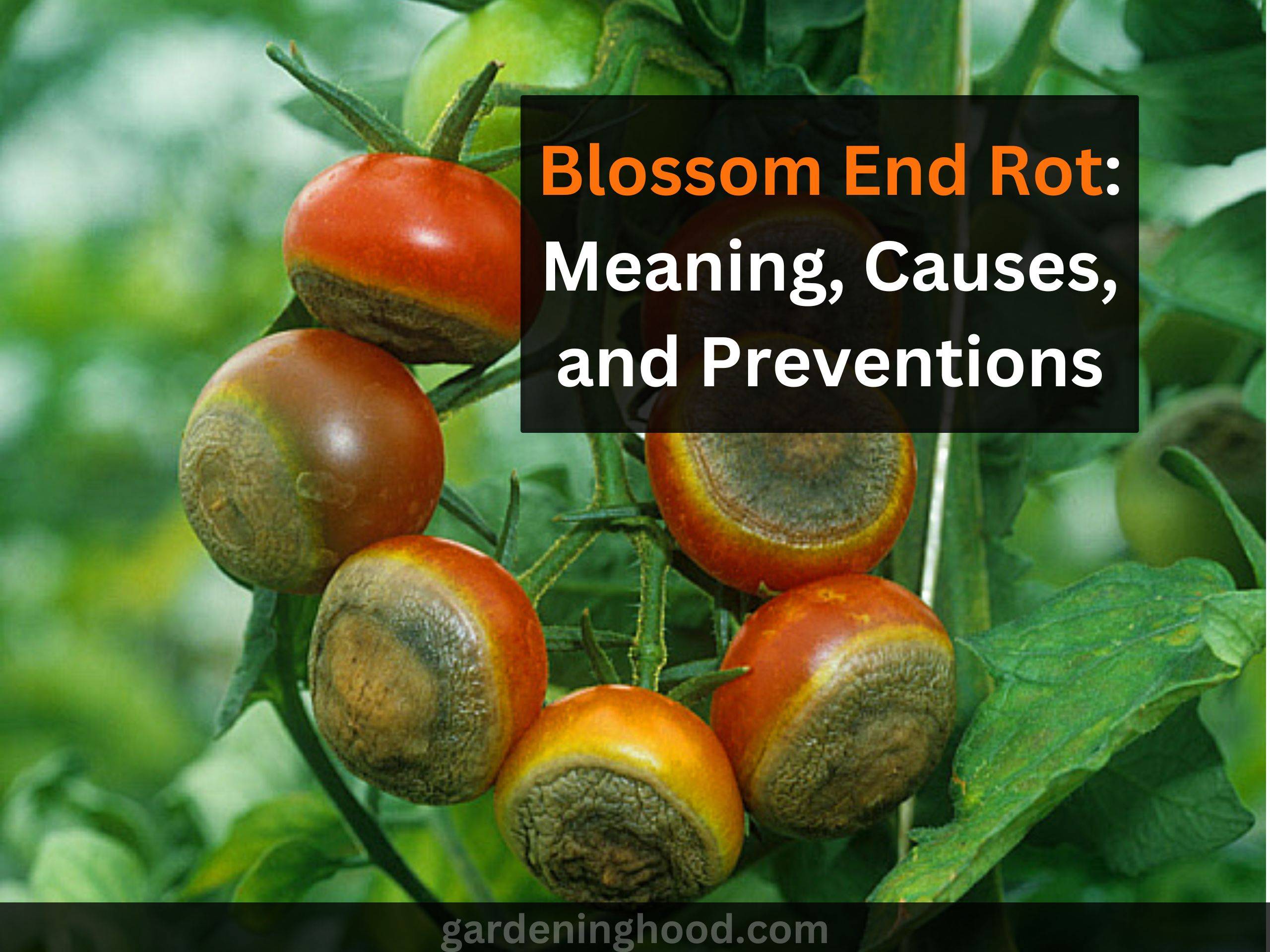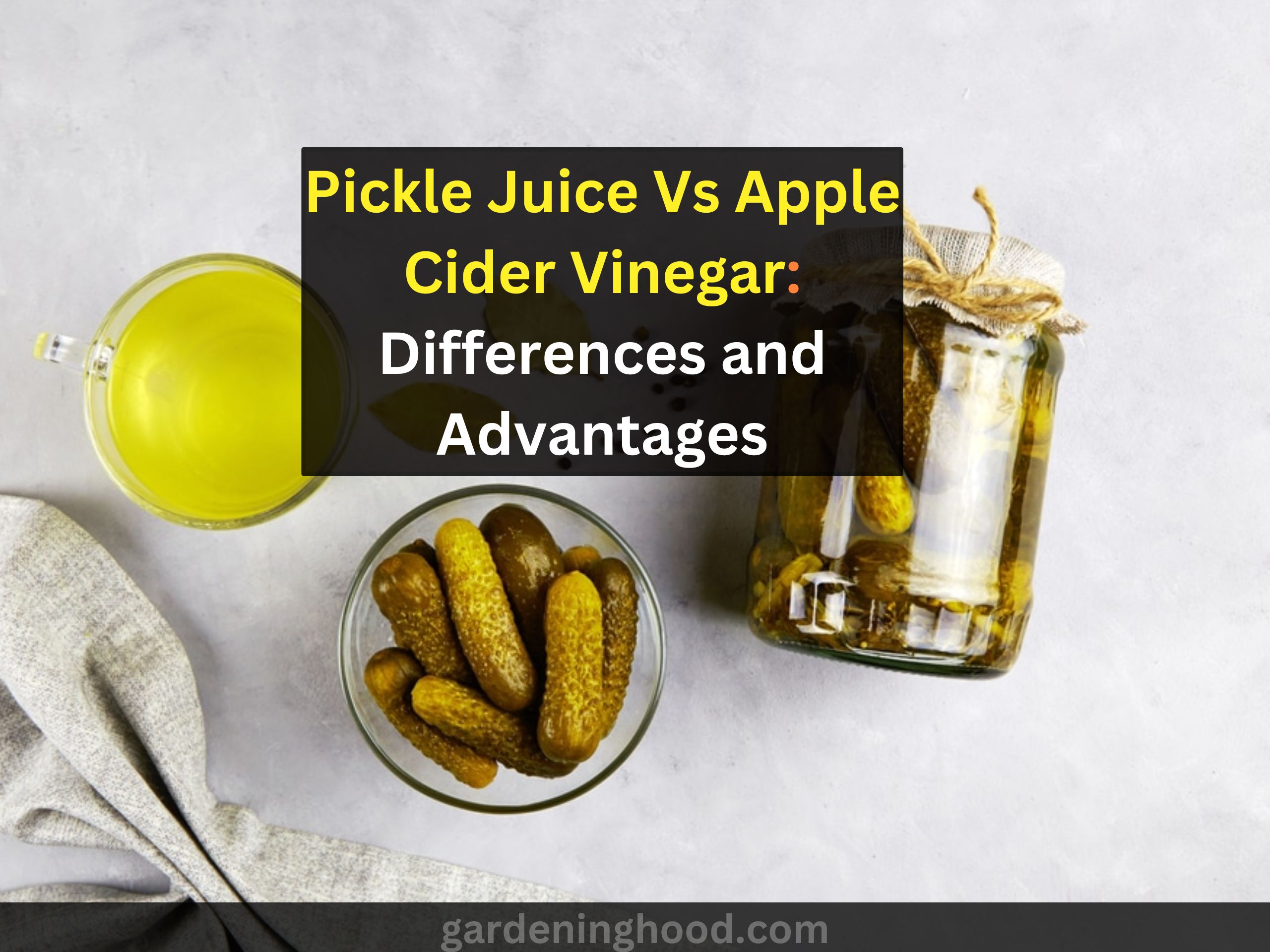What is Coconut Coir? How to use Coconut Coir in the Garden?
What is Coconut Coir? How to use Coconut Coir in the Garden? There is so much stuff out there for gardening that improves the planting game. Coconut coir is one of them. The other name of coconut coir is ‘coco coir’ and these are actually the thin fibers that are available in so many forms and shapes in the market to date.
Quick takeaways:
- Nowadays coconut coir is largely used in hydroponics gardening and making the soil mix.
- Coconut Coir is made from the husks of coconuts containing fibers.
- They are used to line the garden and soil, around the plants.
Do you want to know further about coconut coir? Then keep reading guys because you are about to learn a lot of facts about coconut coir. Just not this coconut coir is used to make so many materials like doormats, rugs, baskets, ropes, etc. Anyhow you have got an idea why you need to know more about the coconut coir for your garden.
What is Coconut Coir?
Coconut coir is a growing medium that is organic material and is environmentally friendly. These are made from the husks of coconuts containing fibers. The coconut coir even used to be thrown back as waste but now a lot of gardeners are aware of its advantages. Coco chips, coco fiber, and coco peat are the mainly used coco coir forms. Coconut coir is also used to line the garden and soil, around the plants. Most gardeners use them regularly in hydroponics and micro gardens.
How does coconut coir work?
You might be thinking about how this fibrous coconut coir works. The coconut coir changes the texture of soil and amends the soil bringing so many qualities into the soil. The coconut coir is an even greater product than peat moss compost. The coconut coir helps in keeping the soil fluffy. The soil mix is prepared by blending the coconut coir. The coconut coir with the gaps keeps providing air to the deep of the soil.
Is coconut coir better than peat moss?
This is one of the confusion that gardeners have about whether they go for coconut coir or peat moss. So spilling the tea here coconut is better than peat moss. There are reasons for it. Coconut coir is a renewable thing and sustainable as well. If you use coco coir in the garden it prevents taking up space and breaks down really slowly.
Just not this coconut coir absorbs water more quickly than peat moss. The coconut coir is easy to handle as well than peat moss. Coconut coir will show the latest waterlogging than peat poss.
For more such plant related-articles, you may also read, Are Raised Beds warmer than the Ground? (Raised Bed heat sink ideas)
Benefits of coconut Coir
- The coco coir is beneficial as it can be used in indoor gardening as well as outdoor gardening. Especially in indoor gardening, they are replacing the old compost and products.
- The coco coir improves the water retention of soil and helps in better absorption of water and nutrients.
- The coconut coir is the green alternative to the old traditionally used peat moss compost. Even the coconut coir is so easily available that everyone can have it.
- The coconut coir is highly durable as they don’t break that easily and lasts longer than peat moss.
- You don’t have to water the plant that frequently as the coconut coir keeps the soil moist for a long time.
How to use Coconut Coir in the Garden?
In the market mostly you will get coconut coir in the form of bricks. But don’t get confused, this is how you will use it.
This dehydrated brick needs to be immersed in a big container having warm water.
Now place the coco coir brick into the containers so that it can expand and get rehydrated. You need to keep it immersed for at least an hour.
Cover the container with a lid and wait till it gets loose. Usually, 14-18 minutes are enough to moisten the coconut coir. Then mix the coir into the soil well so that it can be used for planting.
How is Coco Coir Made?
There are some steps you need to follow for coco coir making:
- The step is to remove the coir from the coconuts for doing it you need to soak the husks in water so that it is loosened and softened. Use tidal water or fresh water to complete the process.
- After this, the coconut is used to take a large amount of salt that needs to be flushed out in the next steps.
- You need to dry them which will take over a year and with this process, the coir is organized into bales.
- The bales are further chopped and processed into different formats from chips to croutons to classic ground coconut coir.
- You need to make sure the process is safe and optimal for horticultural use
Downsides to Coco Coir:
The following are some cons to coco coir:
- Making of coconut coir does not have nutrients in it which only looks like soil but it is not actually soil.
- To control it you need to add hydroponic nutrients so the pH level is maintained while using coco coir.
- In the process of making coco coir, you may need to add supplements if the plants have a shortage of calcium and magnesium so you need to add supplements that are rich in Cal-Mag.
- You may also need to add fertilizer to maintain the NPK levels of the soil.
- The products of coco coir are shipped in dry and compressed brick form which is used to save shipping costs but coco coir in dry forms needs to add labor for rehydrating them before you are going to use them in your garden.
- You can also mix the coco coir mixes as working with it is annoying sometimes but buying the mixes is pretty expensive.
Way to Store Coconut Coir:
If you don’t store the coconut coir properly it tends to become unusable so you need to store it for the future. Coconut Core easily retains moisture if you don’t Store it in a cool and dry location. Make sure to use a waterproof bag or container for storing the coconut Coir and to prevent absorption of humidity you need to keep the coconut coir away from direct sunlight. In case you are using the old stored coir then you can add 10% to 20% more perlite than the supplement you mix in the new coir.
Using Coconut Coir in Hydroponics:
You can use coconut oil as a growing medium for Seedlings and mature plants by rooting mats, growing baskets, and root cuttings. Hence there are different ways to use coconut coir. You just need to make sure it’s always wet thoroughly before planting it. Need to maintain the moisture level during the growing process. When you are growing coconut Coir with Seedling or routing the plant cutting it is necessary to mix some perlite with coconut coir which will help in increasing the air circulation with the root system.
In order If you are using the growing medium in a hydroponic system you need to use a buffered Coco Coir for example Mother Earth® Coco. For using coconut coir in Hydroponics make sure to use a nutrient solution that is specially made for using coconut coir.
Wrapping up the context
We hope you like this article and find it helpful in knowing how good the coconut coir is for your garden and the plants. The coconut coir is actually the finely powdered husks of coconut made into brocks, discs, etc. but how can you use it? We have answered everything in this article and the benefits of coconut coir. Happy caring and growing!
Check out this link for further help!
FAQ‘s
What plants grow well in coconut fiber?
Many exotic plants can be grown really well-using coconut coir or coconut peat. The plants like orchids, anthuriums, ferns, bromeliads, snake plants, peace lilies, bonsai, etc. are planted in soil with coco coir. Even many kinds of cacti are grown in coconut coir soil.
Is coco coir good for tomatoes?
Coco coir is definitely an ideal substrate to grow tomatoes in. The coco coir that helps in water retention fulfills the need for moisture in tomato plants. Even they maintain a slightly acidic level in the soil with good absorption of nutrients.
Can I grow plants in just coco coir?
Coco coir is highly used in micro gardens, hydroponics, and indoor gardening. They work well in outdoor gardening as well. The coco coir is a great growing medium and helps in the better growth of the plants. Even many rooting mats and growing baskets are made from coco coir, which helps in the growth of cuttings of plants.


